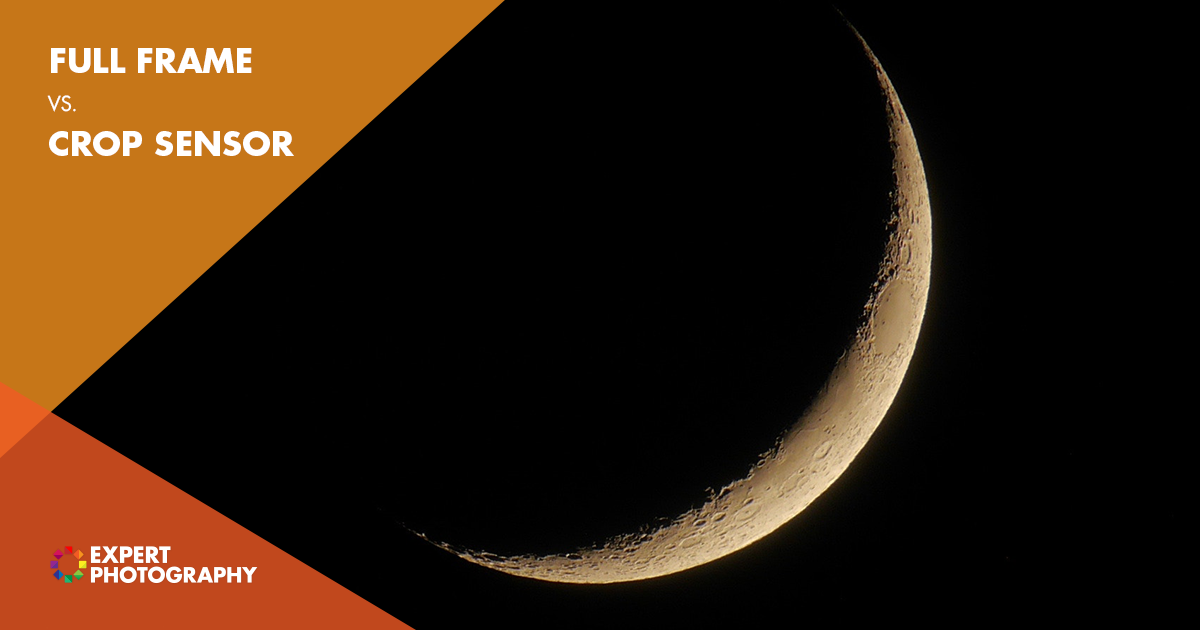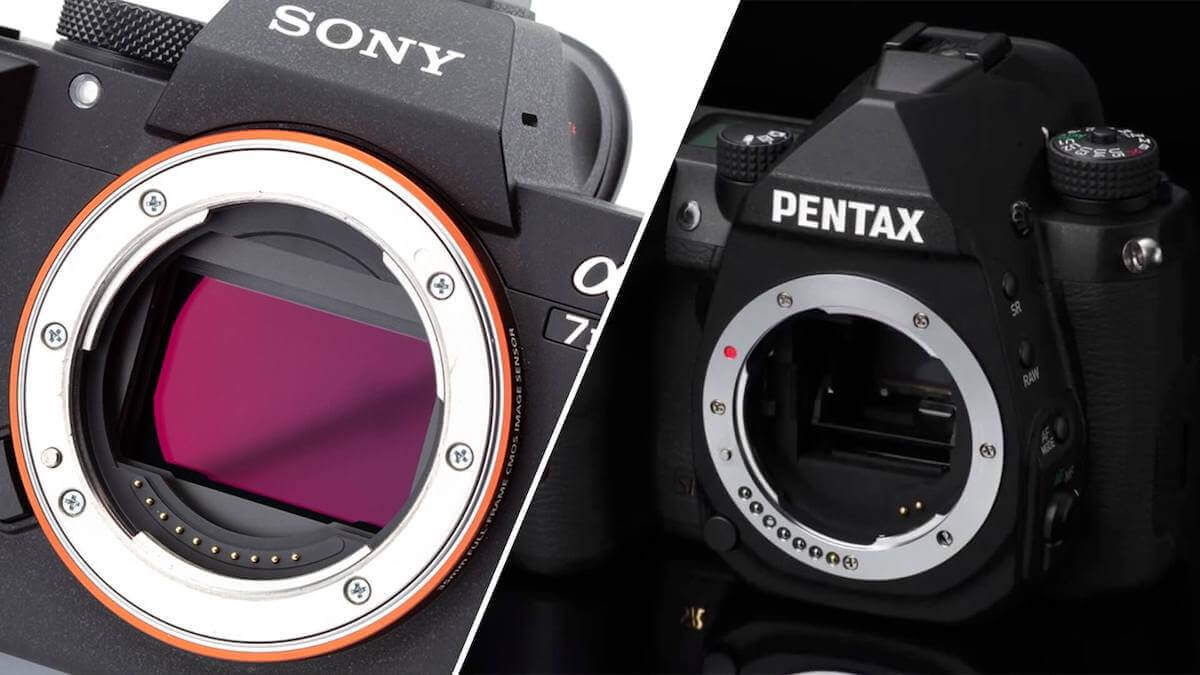



That said, it is helpful to keep these concepts in mind when shopping for a new camera or lens, especially if you currently shoot one format and are considering switching to another. You don’t have to perform any math in your head if you don’t want to. There are two common types of crop sensor, which includes ASP-C and micro 4/3.
Crop sensor vs frame ratio full#
All you really have to do is slap a lens onto your camera and look through the viewfinder or LCD. A crop sensor refers to any sensor smaller than a full frame or 35mm sensor. While the ideas of equivalent focal length and equivalent aperture can be confusing, for the regular consumer, the most important thing to remember here is simply this: What you see is what you get. The size of the sensor affects several different aspects of a. This does not mean that if you put a Nikon 50mm f/1.4 FX lens on a DX body that the camera will indicate the lens is f/2 - it won’t. This is simply a way to understand how sensor size impacts depth of field and sensitivity. Namely, full frame cameras have a larger sensor than the one you will find in most other cameras. This means it is possible to achieve a shallower depth of field (think blurrier backgrounds) with a larger sensor, all else held equal. A full-frame lens with an aperture of f/2.8 will have an equivalent aperture of (roughly) f/4 on an APS-C camera, or f/5.6 on an MFT camera. Given the same 3:2 aspect ratio as 35mm's 36 mm × 24 mm area, this is equivalent to the ratio of heights or ratio of widths the ratio of sensor areas is the square of the crop factor. A wider aperture lets in more light and creates a shallower depth of field. The most commonly used definition of crop factor is the ratio of a 35 mm frame's diagonal (43.3 mm) to the diagonal of the image sensor in question that is. Crop factor and depth of fieldĬrop factor can also be applied to aperture, and illustrates how sensor size affects both light sensitivity and depth of field. Going the other way around, while technically possible in some cases, is not generally recommend, as a lens made for a smaller format won’t project an image circle big enough to cover a larger sensor (so you shouldn’t use an MFT lens on an APS-C or full-frame camera). A full-frame camera has a sensor the size of a 35mm film camera (24mm x. Generally, the larger the sensor, the more light and detail you are able to capture, and the higher your image quality will be. Speaking of lenses, it is possible to use a lens from a larger format on a smaller sensor, either through direct compatibility (e.g., Nikon FX to Nikon DX) or with an adapter (e.g., Canon full-frame to Sony APS-C). The sensor is the physical rectangle in the center of your DSLR camera that reads the image from the lens. Likewise, on an MFT body, it will look like a 100-millimeter lens, as if being “zoomed in” by a factor of two. What this means is that if you have a 50-millimeter lens and put it on an APS-C body, it will offer an equivalent field of view of a 75-millimeter lens on a full-frame camera (50 × 1.5 = 75).


 0 kommentar(er)
0 kommentar(er)
